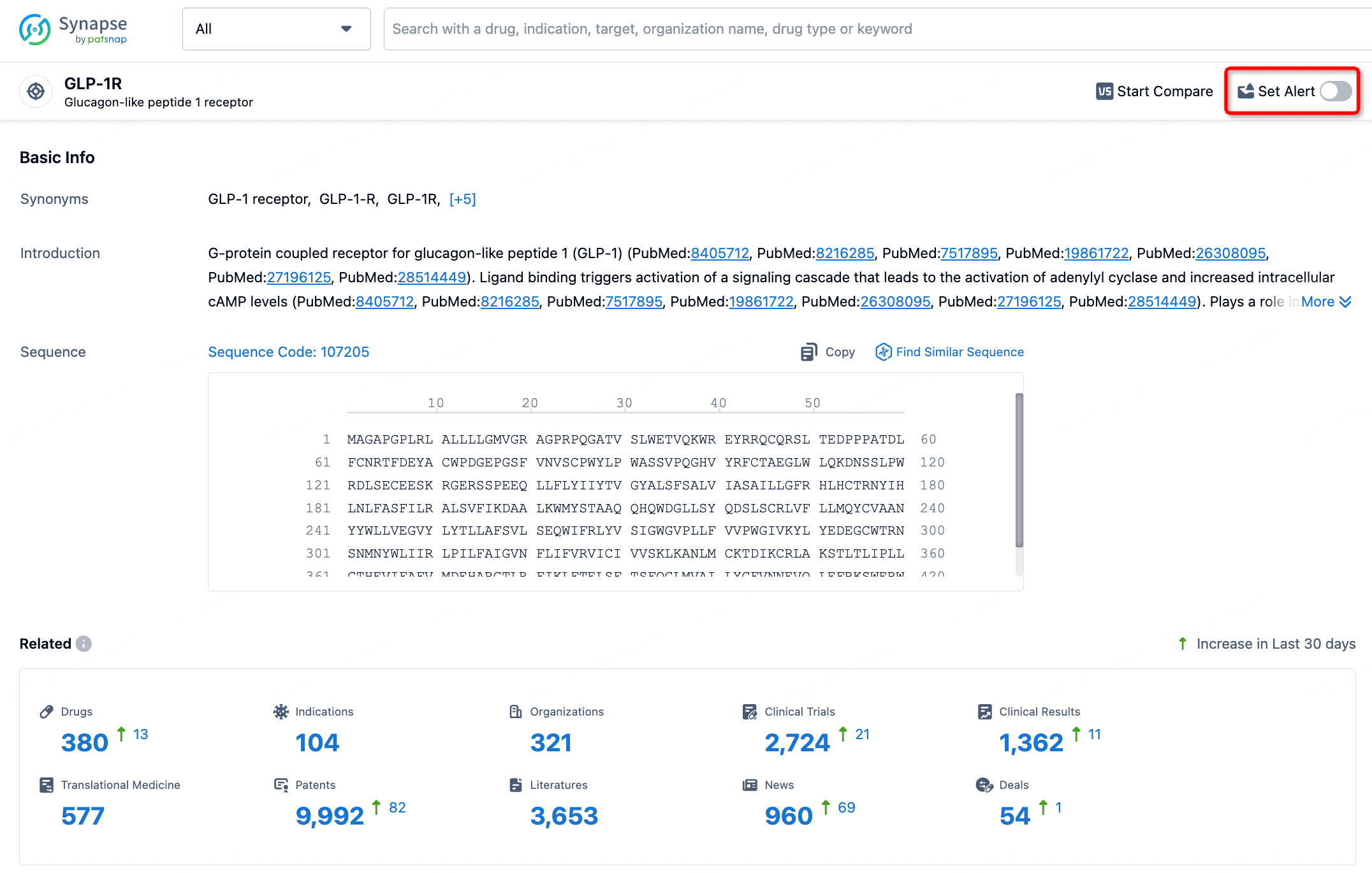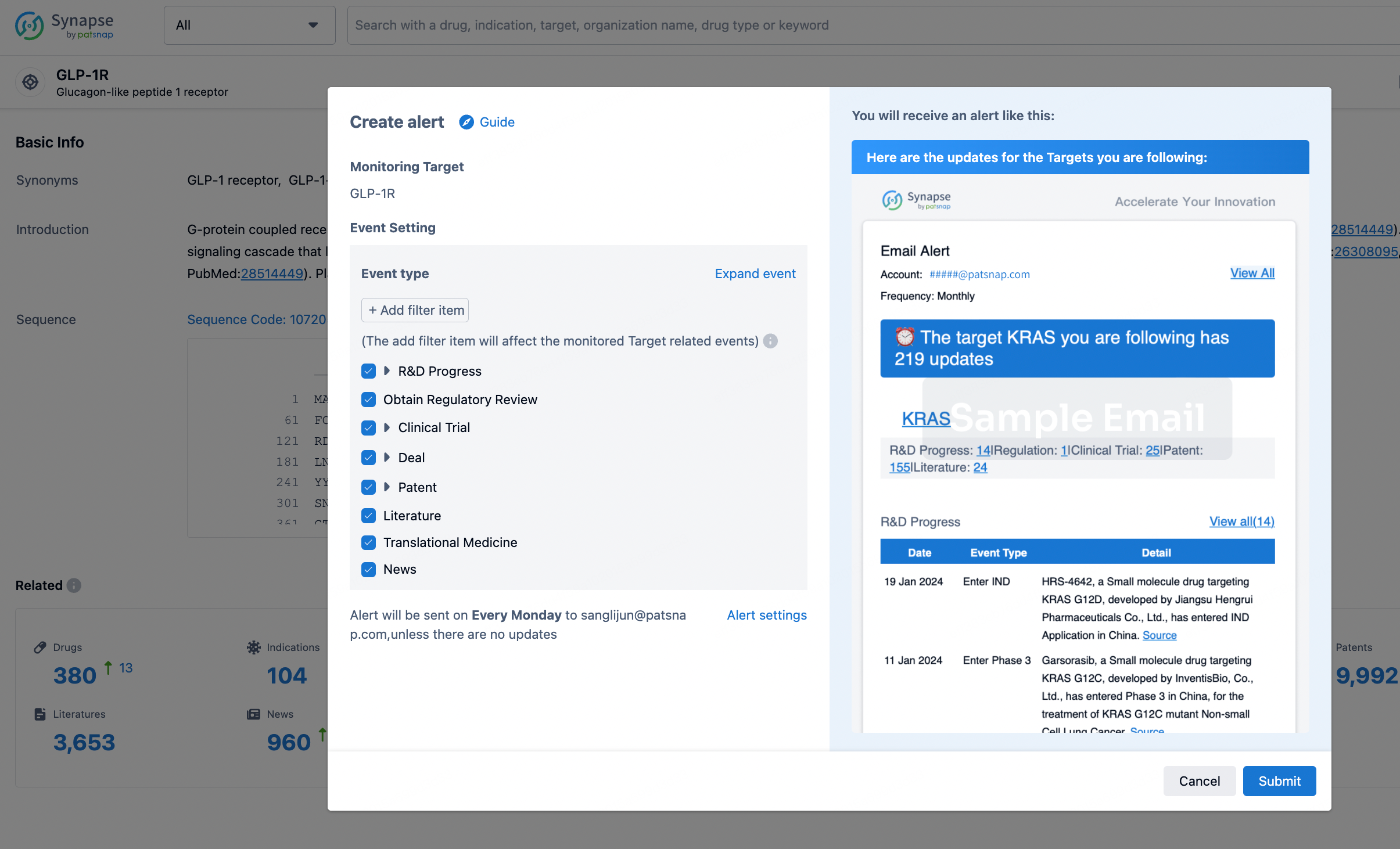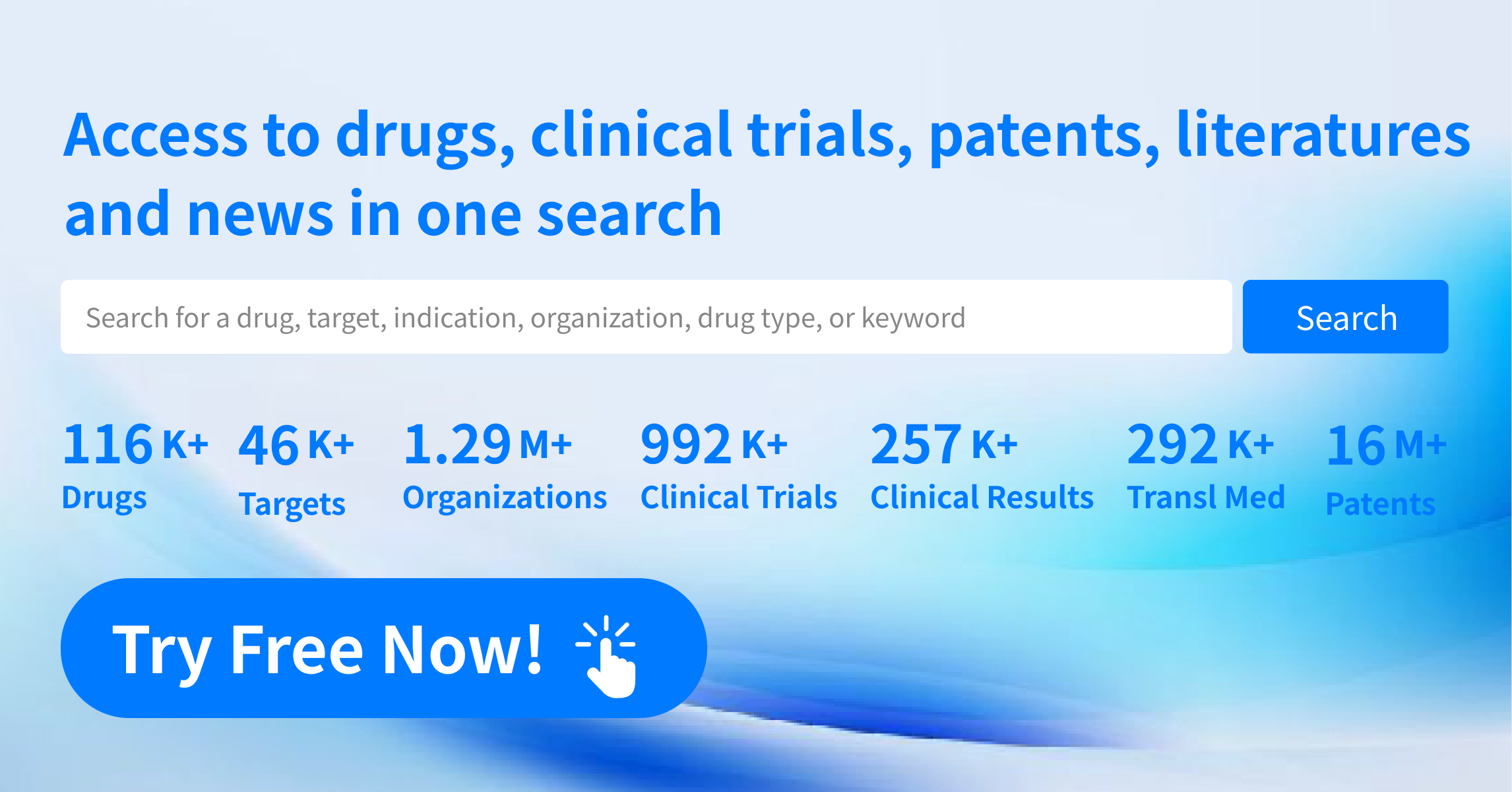Request Demo
What are RORγt inverse agonists and how do they work?
21 June 2024
Retinoic acid receptor-related orphan receptor gamma t, commonly abbreviated as RORγt, is a transcription factor that plays a pivotal role in the development and function of Th17 cells, a subset of pro-inflammatory T cells. Th17 cells are instrumental in the immune system’s response to infections but can also contribute to the pathology of various autoimmune diseases. Over the past few years, there has been growing interest in targeting RORγt with inverse agonists, which offer a promising therapeutic approach for several inflammatory and autoimmune conditions.
RORγt inverse agonists are designed to inhibit the activity of the RORγt transcription factor. To understand their mechanism, it's crucial to first comprehend the role of RORγt in the immune system. RORγt binds to specific DNA sequences and regulates the expression of genes involved in the differentiation and proliferation of Th17 cells. These cells, in turn, produce pro-inflammatory cytokines such as IL-17, IL-21, and IL-22, which are essential for the immune response against pathogens but can also cause tissue damage when dysregulated.
Inverse agonists are a class of compounds that bind to the same receptor as agonists but induce the opposite pharmacological effect. In the case of RORγt, inverse agonists bind to the receptor and stabilize it in an inactive conformation, thereby preventing it from activating the downstream genes responsible for Th17 cell differentiation and cytokine production. By inhibiting the activity of RORγt, these compounds effectively reduce the number of Th17 cells and the levels of inflammatory cytokines, mitigating the inflammatory response.
The development of RORγt inverse agonists has been driven by their potential to treat various autoimmune and inflammatory diseases. These disorders often involve an overactive immune response, where Th17 cells and their associated cytokines play a significant role. Conditions such as psoriasis, rheumatoid arthritis, multiple sclerosis, and inflammatory bowel disease have been linked to the dysregulation of Th17 cells. By targeting RORγt, inverse agonists can reduce the pathological inflammation associated with these diseases.
Psoriasis, a chronic skin condition characterized by red, scaly patches, is one of the primary diseases for which RORγt inverse agonists have shown promise. Preclinical studies and early-phase clinical trials have demonstrated that these compounds can significantly reduce the severity of psoriasis by lowering the levels of IL-17 and other inflammatory cytokines. Similarly, in rheumatoid arthritis, where Th17 cells contribute to joint inflammation and damage, RORγt inverse agonists have been shown to alleviate symptoms and improve joint function.
Multiple sclerosis, an autoimmune disease affecting the central nervous system, also involves Th17 cells. These cells cross the blood-brain barrier and promote inflammation, leading to the demyelination of neurons. RORγt inverse agonists have the potential to modulate this immune response, offering a new avenue for treatment. Inflammatory bowel disease, encompassing Crohn’s disease and ulcerative colitis, is another condition where Th17 cells and IL-17 play a crucial role in driving intestinal inflammation. By inhibiting RORγt, inverse agonists can help in reducing the inflammation and promoting mucosal healing.
Aside from their application in autoimmune diseases, RORγt inverse agonists are also being explored for their potential in treating other inflammatory conditions. The ability to selectively target and modulate the immune response makes these compounds a valuable addition to the therapeutic arsenal. However, it is important to note that while the preclinical and early clinical data are promising, further research is needed to fully understand their efficacy and safety profiles in humans.
In summary, RORγt inverse agonists represent a novel and targeted approach to treating a range of inflammatory and autoimmune diseases. By inhibiting the activity of the RORγt transcription factor, these compounds can effectively reduce the differentiation and proliferation of Th17 cells and the production of pro-inflammatory cytokines. This mechanism offers a promising therapeutic strategy for conditions such as psoriasis, rheumatoid arthritis, multiple sclerosis, and inflammatory bowel disease, potentially improving the quality of life for patients suffering from these debilitating diseases.
RORγt inverse agonists are designed to inhibit the activity of the RORγt transcription factor. To understand their mechanism, it's crucial to first comprehend the role of RORγt in the immune system. RORγt binds to specific DNA sequences and regulates the expression of genes involved in the differentiation and proliferation of Th17 cells. These cells, in turn, produce pro-inflammatory cytokines such as IL-17, IL-21, and IL-22, which are essential for the immune response against pathogens but can also cause tissue damage when dysregulated.
Inverse agonists are a class of compounds that bind to the same receptor as agonists but induce the opposite pharmacological effect. In the case of RORγt, inverse agonists bind to the receptor and stabilize it in an inactive conformation, thereby preventing it from activating the downstream genes responsible for Th17 cell differentiation and cytokine production. By inhibiting the activity of RORγt, these compounds effectively reduce the number of Th17 cells and the levels of inflammatory cytokines, mitigating the inflammatory response.
The development of RORγt inverse agonists has been driven by their potential to treat various autoimmune and inflammatory diseases. These disorders often involve an overactive immune response, where Th17 cells and their associated cytokines play a significant role. Conditions such as psoriasis, rheumatoid arthritis, multiple sclerosis, and inflammatory bowel disease have been linked to the dysregulation of Th17 cells. By targeting RORγt, inverse agonists can reduce the pathological inflammation associated with these diseases.
Psoriasis, a chronic skin condition characterized by red, scaly patches, is one of the primary diseases for which RORγt inverse agonists have shown promise. Preclinical studies and early-phase clinical trials have demonstrated that these compounds can significantly reduce the severity of psoriasis by lowering the levels of IL-17 and other inflammatory cytokines. Similarly, in rheumatoid arthritis, where Th17 cells contribute to joint inflammation and damage, RORγt inverse agonists have been shown to alleviate symptoms and improve joint function.
Multiple sclerosis, an autoimmune disease affecting the central nervous system, also involves Th17 cells. These cells cross the blood-brain barrier and promote inflammation, leading to the demyelination of neurons. RORγt inverse agonists have the potential to modulate this immune response, offering a new avenue for treatment. Inflammatory bowel disease, encompassing Crohn’s disease and ulcerative colitis, is another condition where Th17 cells and IL-17 play a crucial role in driving intestinal inflammation. By inhibiting RORγt, inverse agonists can help in reducing the inflammation and promoting mucosal healing.
Aside from their application in autoimmune diseases, RORγt inverse agonists are also being explored for their potential in treating other inflammatory conditions. The ability to selectively target and modulate the immune response makes these compounds a valuable addition to the therapeutic arsenal. However, it is important to note that while the preclinical and early clinical data are promising, further research is needed to fully understand their efficacy and safety profiles in humans.
In summary, RORγt inverse agonists represent a novel and targeted approach to treating a range of inflammatory and autoimmune diseases. By inhibiting the activity of the RORγt transcription factor, these compounds can effectively reduce the differentiation and proliferation of Th17 cells and the production of pro-inflammatory cytokines. This mechanism offers a promising therapeutic strategy for conditions such as psoriasis, rheumatoid arthritis, multiple sclerosis, and inflammatory bowel disease, potentially improving the quality of life for patients suffering from these debilitating diseases.
How to obtain the latest development progress of all targets?
In the Synapse database, you can stay updated on the latest research and development advances of all targets. This service is accessible anytime and anywhere, with updates available daily or weekly. Use the "Set Alert" function to stay informed. Click on the image below to embark on a brand new journey of drug discovery!
AI Agents Built for Biopharma Breakthroughs
Accelerate discovery. Empower decisions. Transform outcomes.
Get started for free today!
Accelerate Strategic R&D decision making with Synapse, PatSnap’s AI-powered Connected Innovation Intelligence Platform Built for Life Sciences Professionals.
Start your data trial now!
Synapse data is also accessible to external entities via APIs or data packages. Empower better decisions with the latest in pharmaceutical intelligence.


